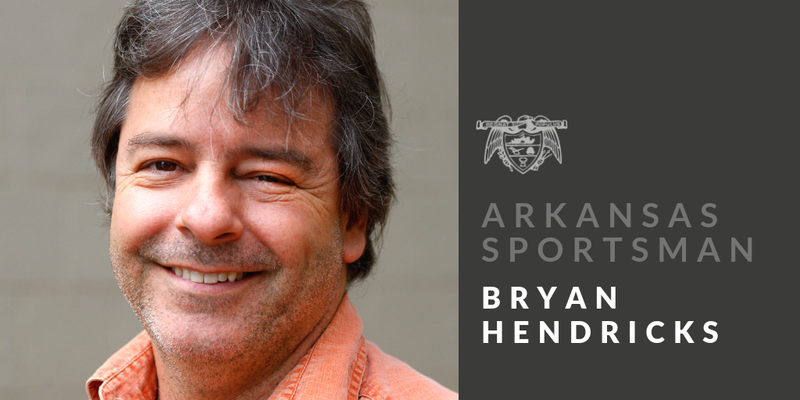The Arkansas Game and Fish Commission has been quiet lately about its quail restoration program, but the news is bountiful.
On Oct. 25, Clint Johnson briefed the commission about the the project with a report titled, "Quail Focal Areas -- 6 years of Habitat Restoration."
Johnson, the Game and Fish Commission's quail program coordinator, has quietly intensified quail restoration efforts initiated by his predecessor, Marcus Asher. Frankly, we wondered if the program still existed. Its various incarnations have started, stopped, ebbed and flowed over the decades. Even though the commission doesn't talk about the program much anymore, it seems to have put theory to practice.
We despaired that quail did not have sufficient clout to carry a fully-fledged conservation program, but a bird "union" does. Quail are grassland birds, and all grassland birds are in serious decline across the country. That makes it a federal problem.
The commission unionized grassland songbirds, with bobwhite quail being guidon bearers.
According to Johnson's report, 720 million grassland birds have been lost, presumably to habitat loss, since 1970. During the same period, populations of grassland birds have declined by 53%. Eastern meadowlarks, another bellwether species, have declined by 75%. Documentation indices of northern bobwhite quail have fallen from a high spike in 1970 to nearly zero in 2019.
Grassland birds do not inhabit climax forests. They require grasslands containing clump grasses like big bluestem and little bluestem, Indian grass, gamma grass and other varieties with open ground between the clumps. Bare ground between clumps is vital because it enables chicks to move and forage beneath a protective grass canopy. They also need brush to provide escape cover and loafing cover. Thatch grasses like fescue are uninhabitable for grassland birds.
Finally, frequent, periodic fire is necessary to maintain habitat in a successional state. Without fire, native grasslands eventually transition to forests. Successional grasslands are also excellent habitat for white-tailed deer and wild turkeys.
Indigenous Americans understood this. They used fire aggressively to groom game lands.
The Game and Fish Commission is concentrating its efforts on six quail focal areas at Robert L. Hankins Mud Creek Wildlife Management Area in Northeast Arkansas, at Harold Alexander Spring River WMA in Sharp County, at Stone Prairie WMA in Faulkner County, Jack Mountain WMA in Hot Spring County, Hope Upland WMA in Hempstead County and Little Bayou WMA in Ashley County. Interestingly, the quail focal area centered at Pea Ridge National Military Park in Benton County appears defunct.
Goals in the focal areas, Johnson said, are to establish healthy grassland ecosystems and to establish huntable quail populations containing at least one quail per four acres.
Habitat evaluations are assessed at a quail-eye level, Johnson said. AGFC staff maps patches of different plant communities and collects data and photos at each patch. It catalogs the percentage of canopy cover that is at least 12 feet tall, and what percentage of trees is deciduous and coniferous. It documents the percentage of shrub cover in the understory and what percentage of each patch is bare ground. There are a lot of other evaluations. The definitive question is if the patch is quail habitat.
Restoration methods include commercial timber harvest and non-commercial tree removal, herbicide treatment and prescribed fire on 18-month rotations.
Results are impressive. Johnson said efforts have created 3,300 acres of quail habitat. That's nearly triple the amount created from 2017-19.
At four areas, quail numbers have steadily increased since 2017. Increases are very modest at Hope Upland WMA.
Quail have responded favorably to all of this work. Quail season is currently not allowed on these areas, but Johnson said he will recommend that the commission open quail season in 2025 at Jack Mountain and Harold E. Alexander Spring River WMAs, and establishing permit-only quail seasons at Stone Prairie and Little Bayou WMAs.
Johnson said he also wants to establish similar efforts at seven more WMAs.
